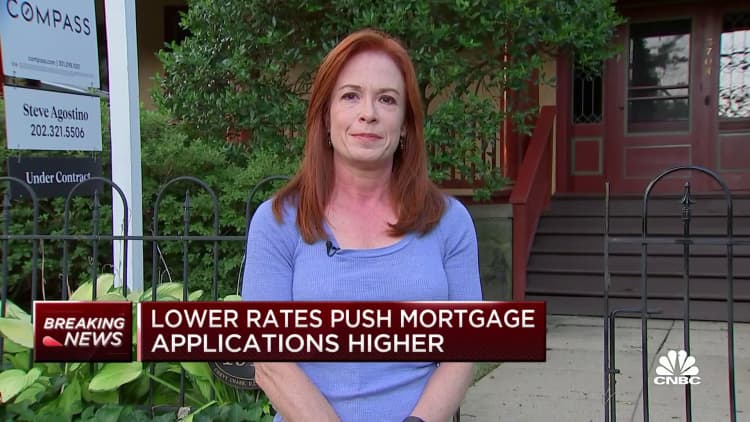After rising for three weeks, mortgage rates came back down a bit last week, but it didn't seem to have much effect on mortgage demand.
Total application volume rose 1.6% last week compared with the previous week, according to the Mortgage Bankers Association's seasonally adjusted index.
The average contract interest rate for 30-year fixed-rate mortgages with conforming loan balances ($548,250 or less) decreased to 3.03% from 3.06%, with points falling to 0.29 from 0.34 (including the origination fee) for loans with a 20% down payment.

"Treasury yields fell last week, as investors continue to anxiously monitor if the rise in COVID-19 cases in several states starts to dampen economic activity. Mortgage rates slightly declined as a result," said Joel Kan, an MBA economist.
Applications to refinance a home loan, which are highly rate sensitive, moved just 1% higher for the week and were 3% higher than the same week one year ago. The problem is that so many borrowers already refinanced at even lower rates last fall.
Applications for a loan to purchase a home increased 3% for the week but were 16% lower than the same week one year ago. Homebuyers are hitting an affordability wall, and the supply of homes for sale, while increasing slightly, is still far too low.
"The purchase index was at its highest level since early July, despite still continuing to lag 2020's pace," said Kan, adding, "There was also some easing in average loan sizes, which is potentially a sign that more first-time buyers looking for lower-priced homes are being helped by the recent uptick in for-sale inventory for both newly built homes and existing homes."


